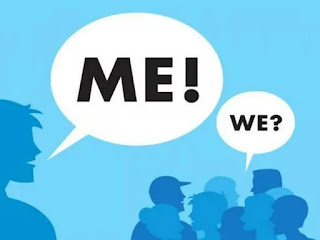Differences in Manners
October 27, 2020 Differences in Manners
Do manners really matter? They do. They are a sign of politeness of not so politeness and depending where you are in the world; you might need to know the answer.
· In Singapore you could get arrested for chewing gum but in America it’s quite normal.
· In China you might be very full at the end of dinner if you keep eating every bite. They will keep filling up your plate thinking you are very hungry.
· In China, Taiwan, and the Far East it is considered a compliment to the chef to belch. It would be considered vulgar by my mother.
· Germany and South America would be shocked to receive the ‘okay’ sign (thumb to fore finger to make a circle) it means the same as an American holding up the middle finger. And yet in America many children give the ‘okay’ to each other daily.
So, yes manners do matter and could be important if you were visiting another country. The best advice is to notice how others are doing things and follow along.
Knowing manners from other countries would also be helpful in the ELL classroom. I often give the thumbs up sign to beginning speakers to let them know they are doing great. It could be misinterpreted by students from the Middle East as the middle finger. Crossing my fingers is a sign for good luck in America but in Vietnam not such a good sign of encouragement. I need to be careful how I want to give encouragement. Hopefully, when I do make a faux pas they will look at my excited face showing encouragement and love and take pity on their teacher. But still, this information is always good to brush up on.
Sources used:
13 Examples of Good and Bad Manners Around the World
https://people.howstuffworks.com/13-examples-of-good-and-bad-manners-around-the-world.htm#page=0
5 everyday hand gestures that can get you in serious trouble outside the US
https://www.businessinsider.com/hand-gestures-offensive-different-countries-2018-6



Hi Alissa, I enjoyed reading your post. I think that as a teacher, we should teach our students about the culture of the language they are learning, and that includes signs or gestures that are typical of the culture..
ReplyDeleteCheers
Pablo
While reading this I realized it might be better to stop using gestures and rather words in my own classroom. So much to take in consideration!
ReplyDelete